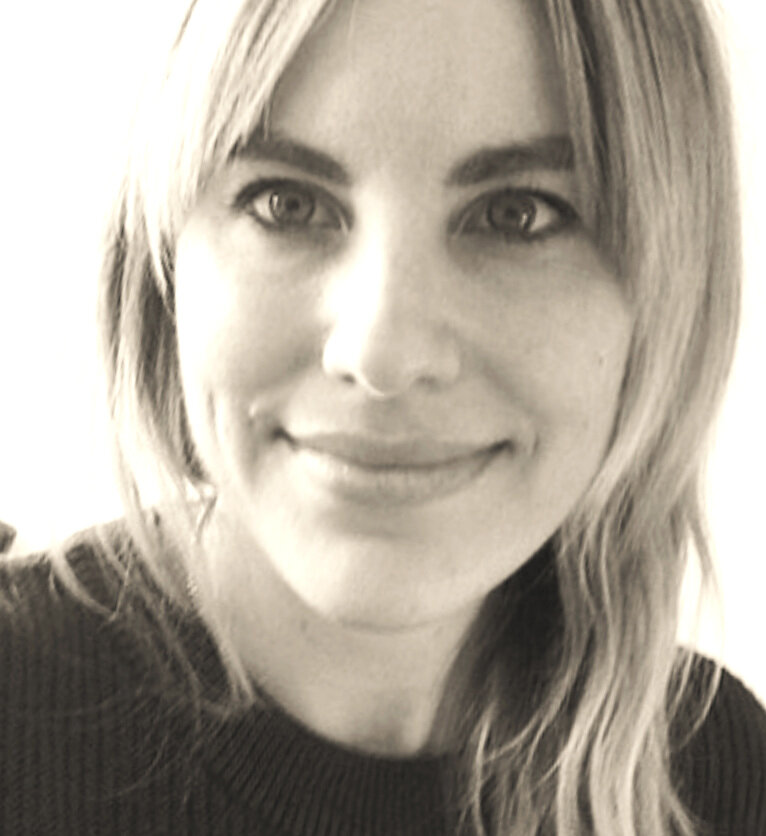I realized I couldn’t muscle through it like I always had before…”
Rachel Nasvik
Rachel Nasvik is a New York designer of high quality handbags that carry her name. Even before Covid, Rachel had decided to shift her business model to keep up with market trends. She was exploring how to redirect her sales directly to consumers, lower her price points, and cut back on expenses.
After Covid these changes turned out to be life-savers.
HERE’S RACHEL’S INTERVIEW with Sara Holmberg
HOW DID YOU GET STARTED IN HANDBAGS?
While I was in my last year at FIT for Fashion Design, I fell in love with the idea of making a small denim wallet. It had two pockets on the back (similar to a pair of jeans), and a zipper top.
Small Denim Wallet
Rachel’s first successful project
I found a small factory in the garment district to make 100 pieces for me, which was my first experience with production. When they were done, I shopped them around the city and found a few boutiques that agreed to take them on consignment. Around the same time, Lucky Magazine featured the wallets on the back page, and they sold out in a few days!
That experience gave me the confidence to dream bigger. It made me realize that it was possible to start my own business as well as transition into another category. When I got pregnant with my son shortly after, I decided to go for it.
YOU’VE PIVOTED THE BUSINESS SEVERAL TIMES… HAS PIVOTING WORKED?
The pandemic has strengthened plans I had already been making to shift the business.
Over the years, my business has changed in so many ways! When I first started out, it felt like there was a concrete path to follow as a designer, and everyone adhered to the same rules more or less. Those were the days before social media and websites, so everything depended on what stores you could get into and what press you could get. Back then, the handbag market also felt a lot less saturated. The strong demand for independent designers led to higher price points, which helped with operating costs.
When the last recession hit, the landscape for my business changed dramatically - almost overnight. I saw purchase orders drastically reduced, then longtime vendors had trouble paying, and by the next year all retailers wanted a discount. After toughing it out the best I could, I decided to cut all major expenses and change the business model. I left my showroom, replaced my traditional PR firm with someone focused on social media, and withdrew from all wholesale accounts. This allowed me to pursue the discount market through flash sales like Gilt, then make the shift towards a direct to consumer model in 2010.
I think the current pandemic is making the fashion industry face a lot of tough challenges, and handbags even more so. The only “essential” bags that people are carrying right now are reusable grocery bags… even me! When I run out to the store I’m grabbing a canvas tote bag and throwing a pouch or wallet inside. I do believe the industry will come back, but it will take some time and a lot of thoughtful changes.
1. SUSTAINABILITY:
it’s really about manufacturing locally, reducing waste and using quality materials. A bag (or small leather good) should be made to last!!! Sustainability has always been an important part of my business.
2. MARKETING:
My bags have a very classic and sturdy feel. I think that sets them apart from other brands and I use those features to differentiate my brand for my on-line marketing.
JUST BEFORE COVID, HAD YOU ALREADY STARTED RE-THINKING THE BUSINESS?
When the pandemic hit NYC in March, I realized I couldn’t muscle through it like I always had before. Not only was the “need” not there, but my manufacturer and suppliers were closed. At that moment in time, the only thing that made sense was hitting the pause button, and reevaluating where I want my business to go.
The pandemic has strengthened plans I had already been making to shift the business.
Going forward, it’s essential that I get my manufacturing and material costs down. I’m working towards shifting my product line to small leather goods and canvas bags, which also have a lower price point. Part of the line will be focused on the “essential” component, and part of it will be focused on creating items that are “special.”


